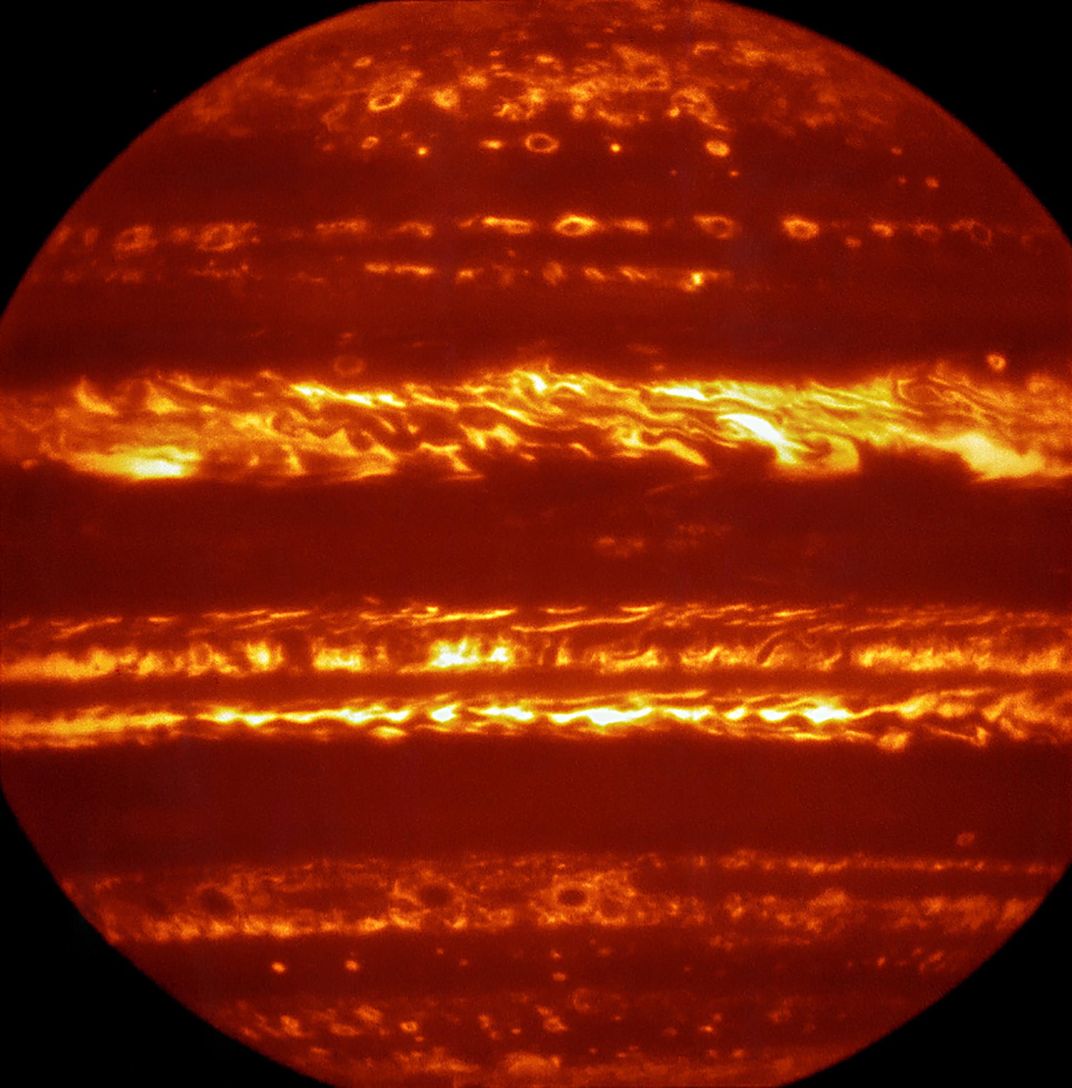Storm Forecast
The Hubble Space Telescope is keeping watch on Jupiter’s active aurora.
As Juno closes in on Jupiter, telescopes around the world have turned their attention on the giant planet to gather additional observations that will help scientists interpret what the spacecraft will see when it arrives.
Even the Earth-orbiting Hubble Space Telescope has gotten into the act. Astronomers are using its ultraviolet imaging capability to monitor the planet’s shimmering aurora daily for about a month leading up to and after Juno’s July 4 arrival. The time-lapse video above shows the north polar aurora as seen by Hubble. The light show is caused by charged particles from the Sun and from Jupiter’s volcanic moon Io being accelerated by the planet’s magnetic field to converge at the poles, where they collide with atoms of gas in the atmosphere.
All indications are that Juno’s “fields and particles” instruments should see plenty of this kind of activity as it flies through the planet’s magnetosphere. Jonathan Nichols of the University of Leicester in England, principal investigator for the ultraviolet aurora study, said in a statement, “These auroras are very dramatic and among the most active I have ever seen. It almost seems as if Jupiter is throwing a firework party for the imminent arrival of Juno.”
Another University of Leicester team led by Leigh Fletcher used the European Very Large Telescope in Chile to take infrared images like the one below, showing Jupiter’s turbulent atmosphere at different depths.


